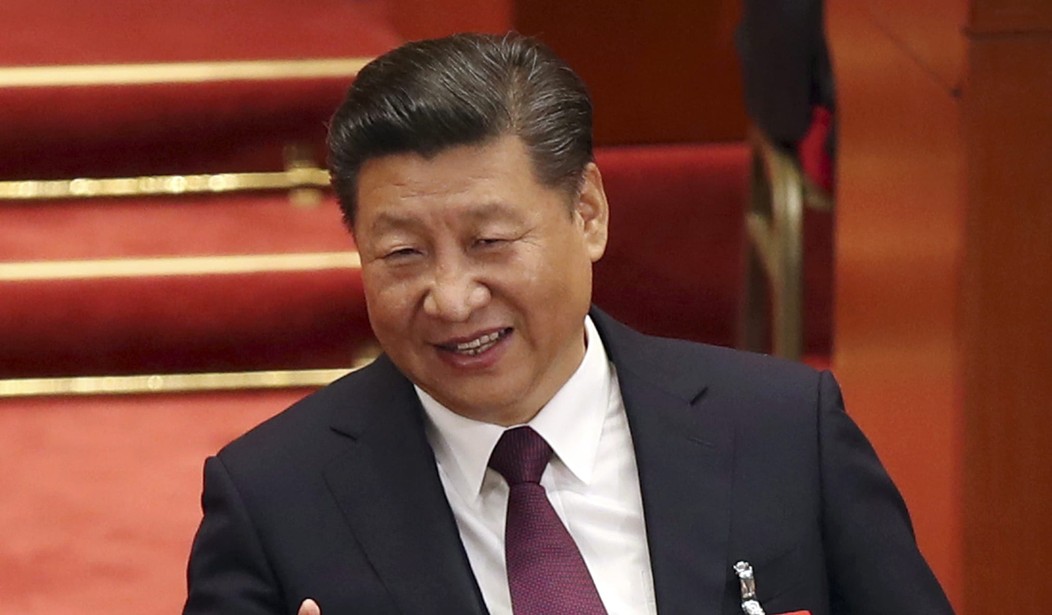Back in 2012, Xi Jinping officially became the most powerful man in China, which didn’t surprise anyone. What surprises some people now, however, is that China’s Communist Party is now “proposing” to scrap the two-term limit for China’s leadership.
In other words, if the Communist Party has its way — and when hasn’t it in China? — Xi can continue his reign beyond 2023 when his second term officially ends.
Other experts had seen this coming for a while, especially when Xi neglected to appoint a successor last year, which communist China’s leader normally does at the start of his second term. The fact that Xi didn’t do so was interpreted by some as a sign that he planned to remain.
How much longer? Well, considering China’s history, the answer is likely “until he dies.”
Though we in the West have long hoped that China would democratize as it opened its economy to the world, the reality is that the country has never been a democracy. A democratic system is an alien concept to the Chinese people.
We in “the West” consider a democratic system “normal.” This isn’t because it actually is normal, but because we are the cultural and political successors of the ancient Greeks. The Chinese, however, have their roots in a completely different history with different beliefs and values. The foundation of their ancient and modern system is centralized power embodied by a single person. That person was the emperor back in the day, and the Communist Party’s leader (Mao Zedong) after the communist revolution, civil war, and the occupation of China by Japan during the Second World War.
Let’s have a look at a timeline of China’s dynasties:
2100-1600 BCE: Xia Dynasty
1600-1050 BCE: Shang Dynasty
1046-256 BCE: Zhou Dynasty
221-206 BCE: Qin Dynasty
206 BCE – 220 CE: Han Dynasty
220-589 CE: Six Dynasties Period (Three Kingdoms of Cao Wei, Shu Han, Dong Wu; the Jin Dynasty from 265-420 CE; and the period of the Northern and Southern Dynasties (386-589 CE)
581-618 CE: Sui Dynasty
618-906C CE: Tang Dynasty
907-960 CE: Five Dynasties Period
960-1279 CE: Song Dynasty
1279-1368 CE: Yuan Dynasty
1368-1644 CE: Ming Dynasty
1644-1912: Qing Dynasty
That long, long age of dynasties was interrupted by the Republic Period (from 1912 to 1949) and the Communist period (from 1949 onwards). In many ways, the first part of the Communist age was simply a prolongation of the old dynastic system, with the difference simply being that Mao wasn’t “emperor.”
After Mao, China seemed to be slowly progressing towards something somewhat resembling a democratic system (something, somewhat, slowly, etc.). However, it would be shocking if that development continued.
As shown above, China has no history of democracy in any way, shape or form. The governing philosophy has always been that heaven had anointed a strong leader who was supposed to lead his people as some sort of half-god. Although this is similar to European concepts of leadership in the Dark Ages, we had something else to draw back on: the thoughts and beliefs of ancient Greece and Rome. The Chinese do not have that advantage.
Although it’s hardly a good day for those who believe in the inherent value of democracy, Xi’s developing one-man rule is simply “more of the same” for his country and people. It will be a very long time indeed before China embraces a democratic system — if it ever will.









Join the conversation as a VIP Member